
© Harold M. Lambert/Getty ImagesMedia portrayals of “good Indians” and “bad Indians” have shaped the minds of generations of Americans.
Peter Pan, the beloved children's classic, is sure to stun modern readers with its descriptions of "redskins" carrying "tomahawks and knives," their naked bodies glistening with oil. "Strung around them are scalps, of boys as well as of pirates," J.M. Barrie writes. The language, and the characterization, would be read as an offensive stereotype today, hardly helpful in creating realistic or healthy views of Indigenous peoples.
Such characterizations, it turns out, are rife-and not just in older, "classic" works that might be explicable as products of their time. They are evident in television and literature modern enough to have fed the brains of people now parenting children of their own.
As a person of Indigenous heritage, a Native American media scholar, and an avid (almost worryingly avid) fan of all things pop culture, I've seen a range of representations of Indigenous people on TV shows and in books. In graduate school, I decided to turn a more
academic lens on the situation. I analyzed approximately 60 popular TV shows, films, and books from the early 1990s to 2011-ones that were set in modern times or had contemporary elements, as opposed to works of historical fiction. My goal was to find out what impression the average non-Native consumer would have of today's Native Americans from the media they grew up with.
What I found was a heavy dose of stereotypes, with-perhaps surprisingly-little sign of improvement over the decades. While some of the details changed, the overall picture was a harsh split between "good" and "bad" Indigenous characters. The negatively portrayed Indigenous characters were generally out of touch with their culture; they also often received benefits, operated casinos, were untrustworthy, and were frequently suggested to be "fake" Native Americans (especially in the eastern half of the country, where lineage is more likely to be "mixed"). Meanwhile, the more positively portrayed Indigenous characters were poor, living on reservations, honest, culturally knowledgeable, and often involved in supernatural occurrences.The implication was that "real" Indigenous people must be impoverished, helpful to outsiders, and totally immersed in traditional Indigenous culture.
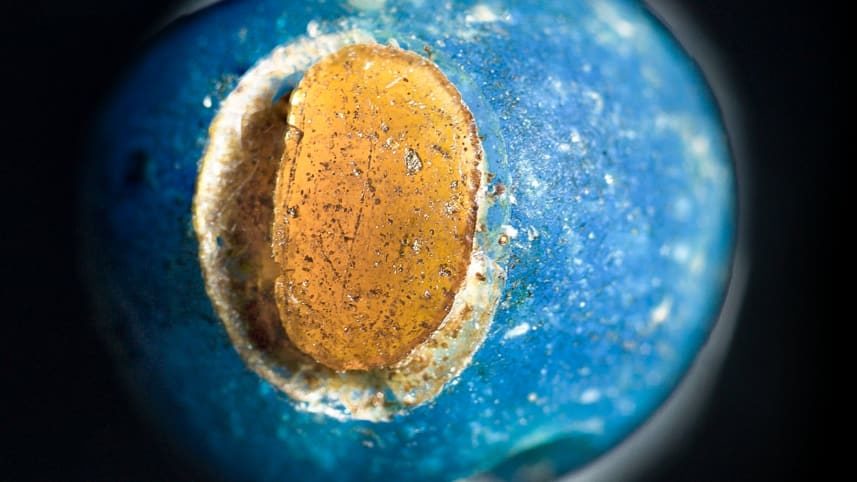
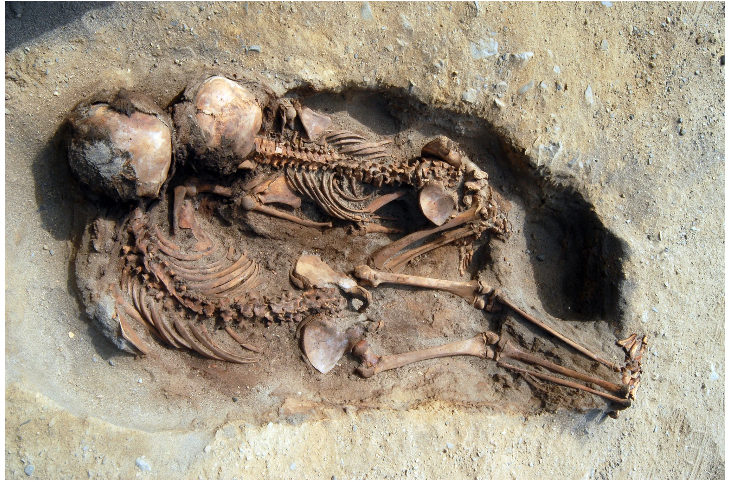


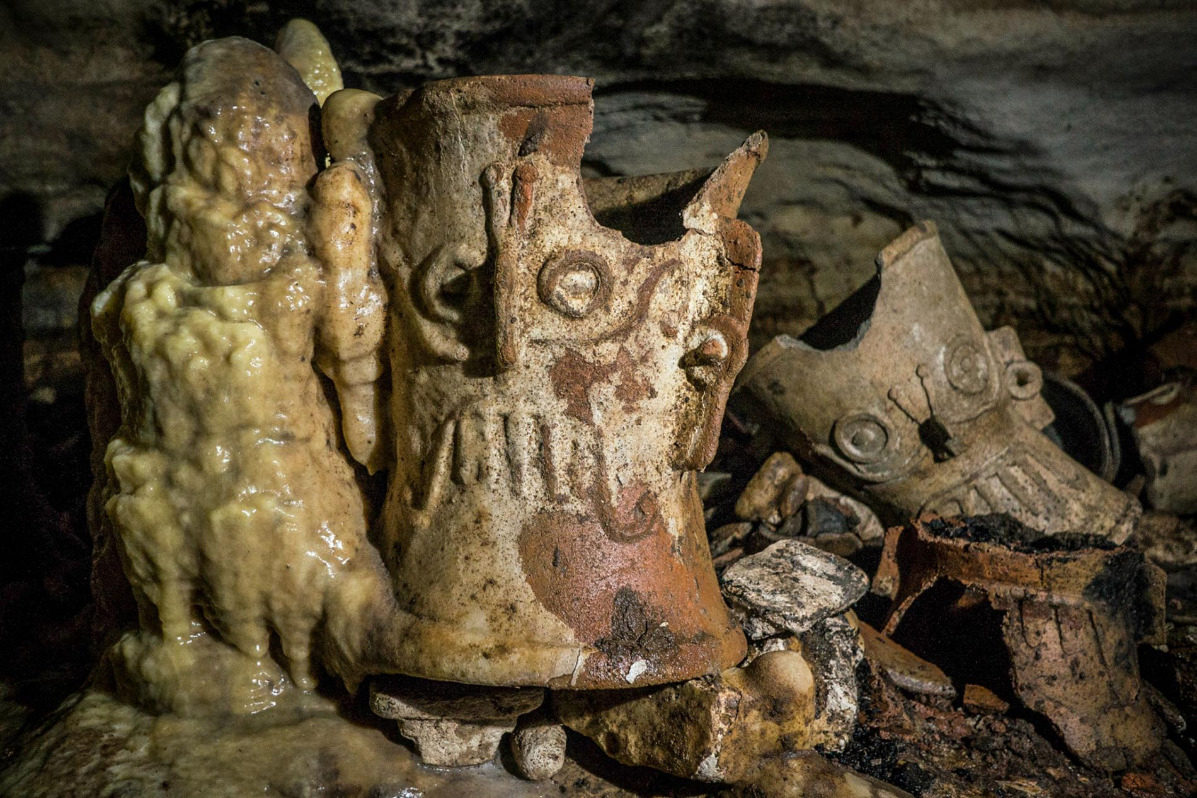
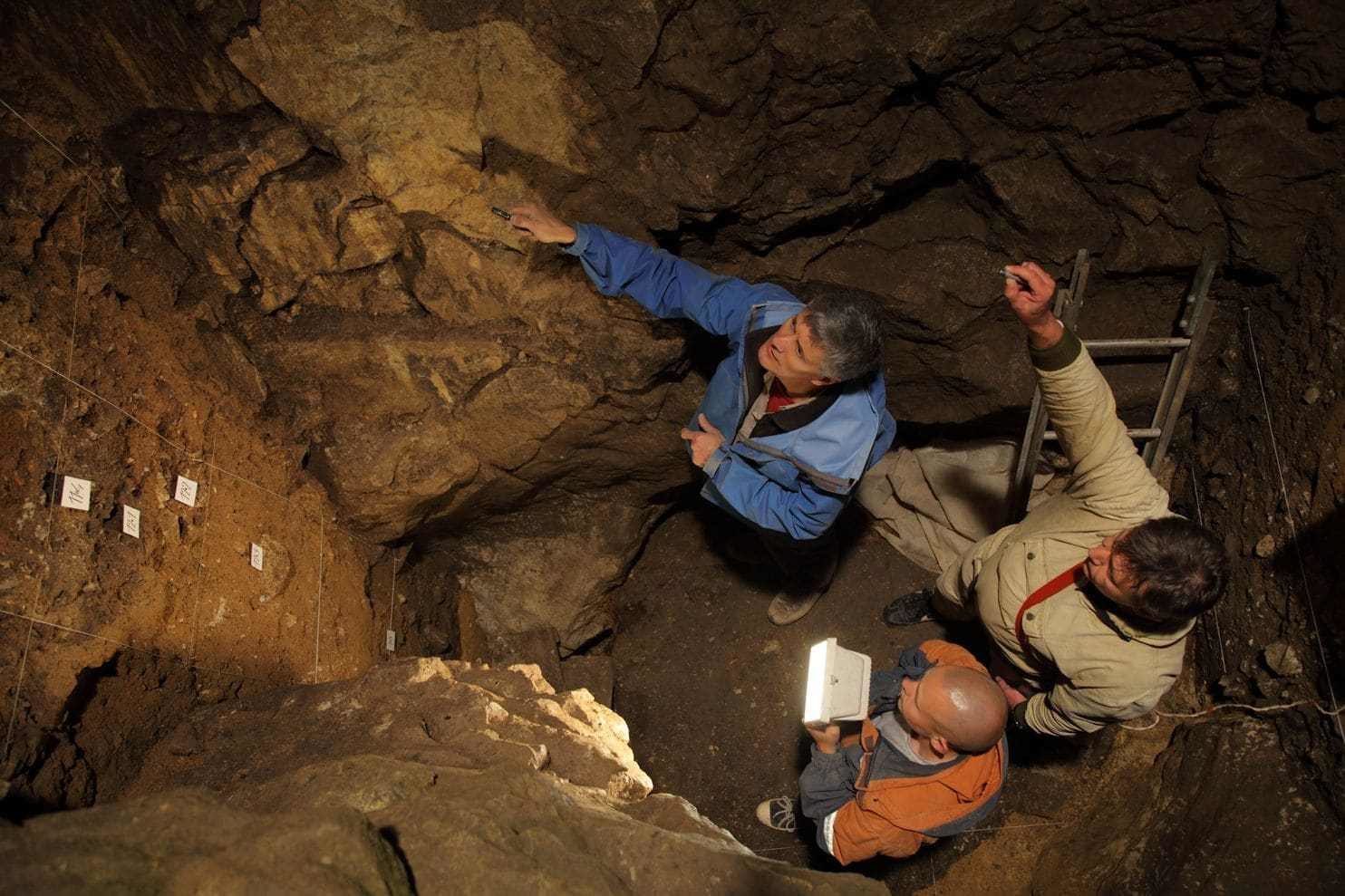
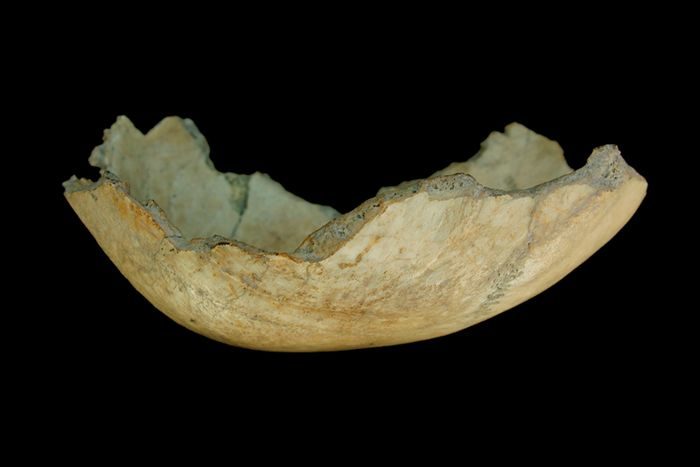






Comment: See also: